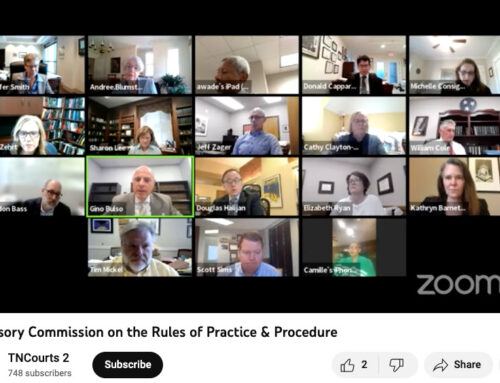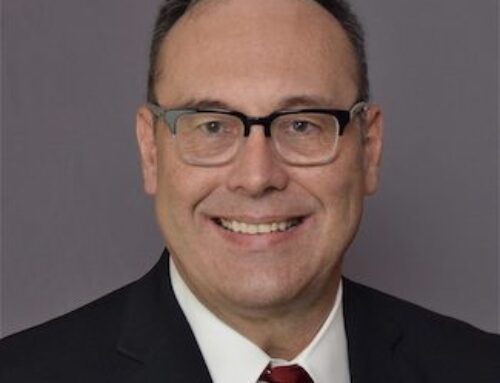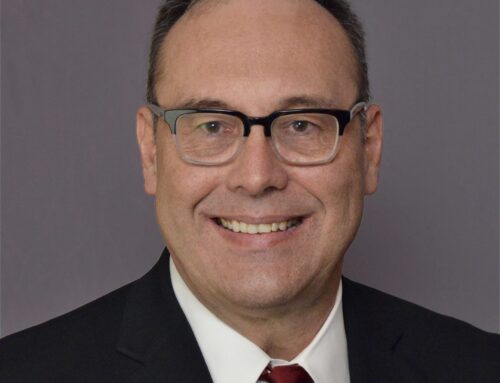By Larry Burris, Contributor
Over the years almost every branch of the government has become more and more open to public scrutiny. Every branch except one; and that one is perhaps the most important branch, the judicial.
Under current guidelines, federal courts are not open to either camera or sound coverage. Both still and video cameras, as well as audio recorders, are banned, except for ceremonial functions such as naturalization proceedings and swearing-ins.
And the ban applies to all levels from the local district court all the way to the U.S. Supreme Court.
There has been some limited experimentation with camera coverage of federal courts, but with all of the high-visibility trials coming up, this might be the time to expand the experiment a bit to include local federal trial courts.
Of all the three branches of government, the legislative, the executive and the judicial, it is the court system that is, in fact, preeminent; the first among equals as it were.
The executive can propose all of the laws it wants, and the legislative branch can pass them, but if the judicial branch says the laws are unconstitutional, then they are null and void. And it is this power to decide which laws will be enforced that makes the judicial branch so powerful.
Federal courts need to be covered in more detail
It is for this very reason that the courts need to be covered in more detail than they currently are. And this certainly applies to the body dealing with both fact and law, the federal district court.
Now it’s true the U.S. Supreme Court has the most impact, but that court deals, for the most part, with legal theory and philosophy. It is the local district court, dealing with facts and evidence, that is the heart of the judicial system, and the heart of a fair and unbiased trial.
It is one thing to read a description in the newspaper of the courts in action; it is quite another to see it on television.
Furthermore, every story we see about the court is merely an interpretation, and an incomplete one at that, of what the reporters thinks went on.
Allowing live TV cameras will allow people to see how decisions are made
By opening up the courts to live television coverage, the people themselves will have the opportunity to see how the decisions affecting their lives, and often the lives of their neighbors, are made.
It is true the court operates under a veil of mystique, and penetrating this veil may remove some of the aura surrounding court decisions.
Nevertheless, we the people certainly need the opportunity to see how these decisions are made, and opening up the courts to cameras and sound recordings is an idea whose time has certainly come.
Larry Burris is a professor in the School of Journalism & Strategic Media at Middle Tennessee State University. He teaches media law.



